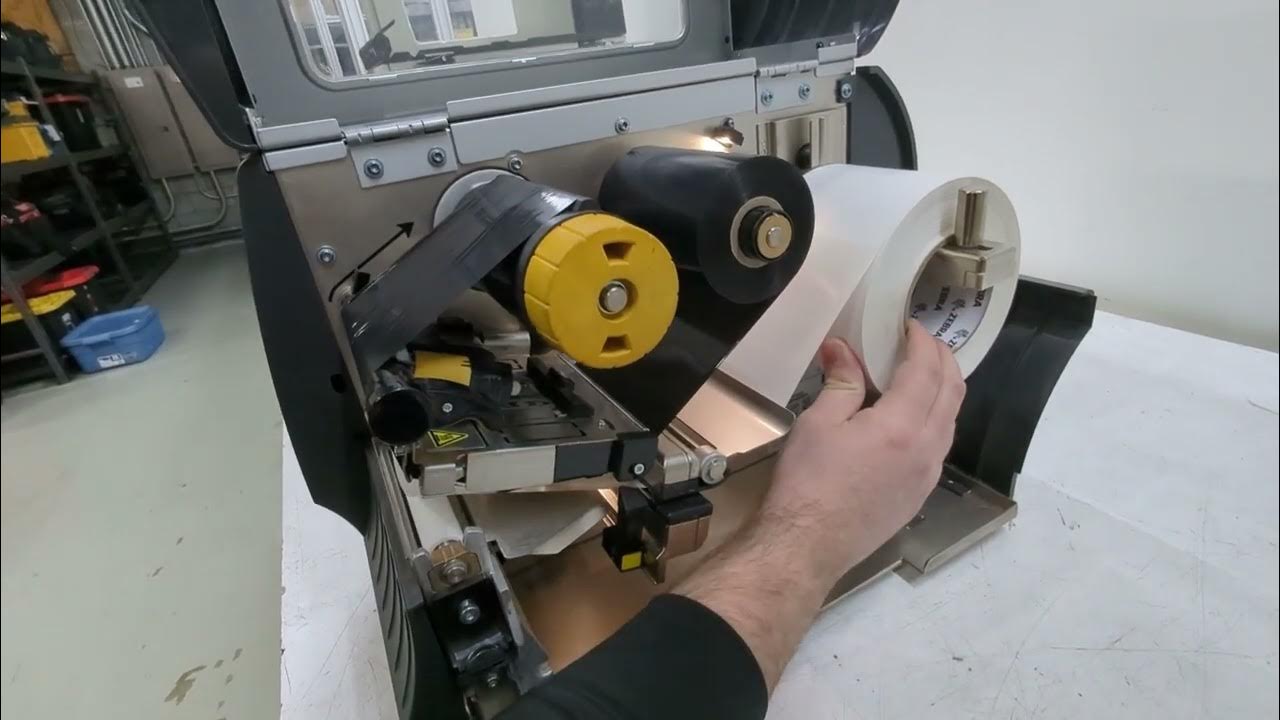No More Calibration Cubes! Here's how you do it right!
Summary
TLDRThe video discusses the common practice of using calibration cubes to tune 3D printer accuracy, arguing this method has flaws. The presenter explains measurement errors, extrusion inconsistency, and axis skew undermine using cubes. Instead, a purpose-designed diagnostic part, the CaliFlower, is demonstrated to properly calibrate. Its thoughtful design and guided process account for real-world factors while enabling firmware tweaks for precision. Though dismissing cubes for accuracy, other test uses validate print quality. The presenter measures several printers, finding axis skew varies widely, advocating calibration even for esthetic prints.
Takeaways
- 😕 Calibration cubes are commonly used but can actually make accuracy worse instead of better
- 😢 Key issues with calibration cubes are measurement errors, over/under-extrusion, elephant footing, and not accounting for skew
- 😊 The CaliFlower design from Vector3D is a better alternative for properly calibrating
- 🚀 Take multiple measurements at different spots to reduce errors
- 💡 Combine outer and inner measurements to remove extrusion's impact
- ✅ Compensate for material shrinkage with scaling factors instead of steps/mm
- 🔎 Most printers have some amount of skew between X and Y axes
- 🌄 Acceptable skew is below 0.1 degrees - compensate if higher
- 😃 Calibration cubes still useful for assessing print quality issues
- 🍰 CaliFlower makes a nice coaster when done!
Q & A
Why does Stefan think that calibration cubes are bad?
-Stefan thinks calibration cubes are bad because measuring their outer dimensions is useless and even wrong for properly scaling a 3D printer. Factors like elephant foot, over/under-extrusion, and measuring error impact the accuracy of calibration cubes.
What are some flaws with using a calibration cube for size calibration?
-Some flaws are that the measurements can be impacted by elephant foot, over/under-extrusion, measuring error due to the small size, and calibration cubes don't account for axis skew.
What is axis skew and why does it matter?
-Axis skew is when the X and Y axes of a 3D printer are not perfectly perpendicular to each other. This matters because it can prevent parts, like a box and lid, from properly fitting together.
How can you check for and compensate for axis skew?
-You can check for skew by measuring the diagonals of a printed square. If they are unequal, skew exists. Skew can be compensated for in firmware like Klipper or in slicers with skew add-ons and post-processing scripts.
What is the CaliFlower used for?
-The CaliFlower is used to accurately calibrate a 3D printer's X/Y dimensions and skew. It is designed to minimize measurement errors and its spreadsheet calculates necessary compensation values.
Why does Stefan suggest using scaling factors instead of changing steps/mm values?
-Because adjusting steps/mm assumes incorrect printer motion, when dimensional inaccuracies are actually caused by material shrinkage. Scaling factors compensate for shrinkage differences between materials.
How much skew did Stefan measure on his printers?
-The skew ranged from 0.0-0.05 degrees on well calibrated machines up to 0.55 degrees on a pre-production unit. Stefan says below 0.1 degrees is generally acceptable.
What use does Stefan think there still is for calibration cubes?
-Stefan thinks calibration cubes can still judge print quality in terms of consistency, pressure advance tuning, cooling, etc when using a compact test part.
Why does Stefan say that whereas calibration cubes are booby traps, the CaliFlower makes a nice coaster?
-Because calibration cubes look innocuous but can negatively impact tuning, while the more effective CaliFlower has a nicer aesthetic design that could be reused as a decorative coaster.
What materials did Stefan test for shrinkage differences when printing the CaliFlower?
-Stefan printed the CaliFlower in PLA, PETG, ABS, and ASA filaments. He had to compensate 0.35% for PLA up to 0.7% for ABS and ASA.
Outlines

This section is available to paid users only. Please upgrade to access this part.
Upgrade NowMindmap

This section is available to paid users only. Please upgrade to access this part.
Upgrade NowKeywords

This section is available to paid users only. Please upgrade to access this part.
Upgrade NowHighlights

This section is available to paid users only. Please upgrade to access this part.
Upgrade NowTranscripts

This section is available to paid users only. Please upgrade to access this part.
Upgrade Now5.0 / 5 (0 votes)





